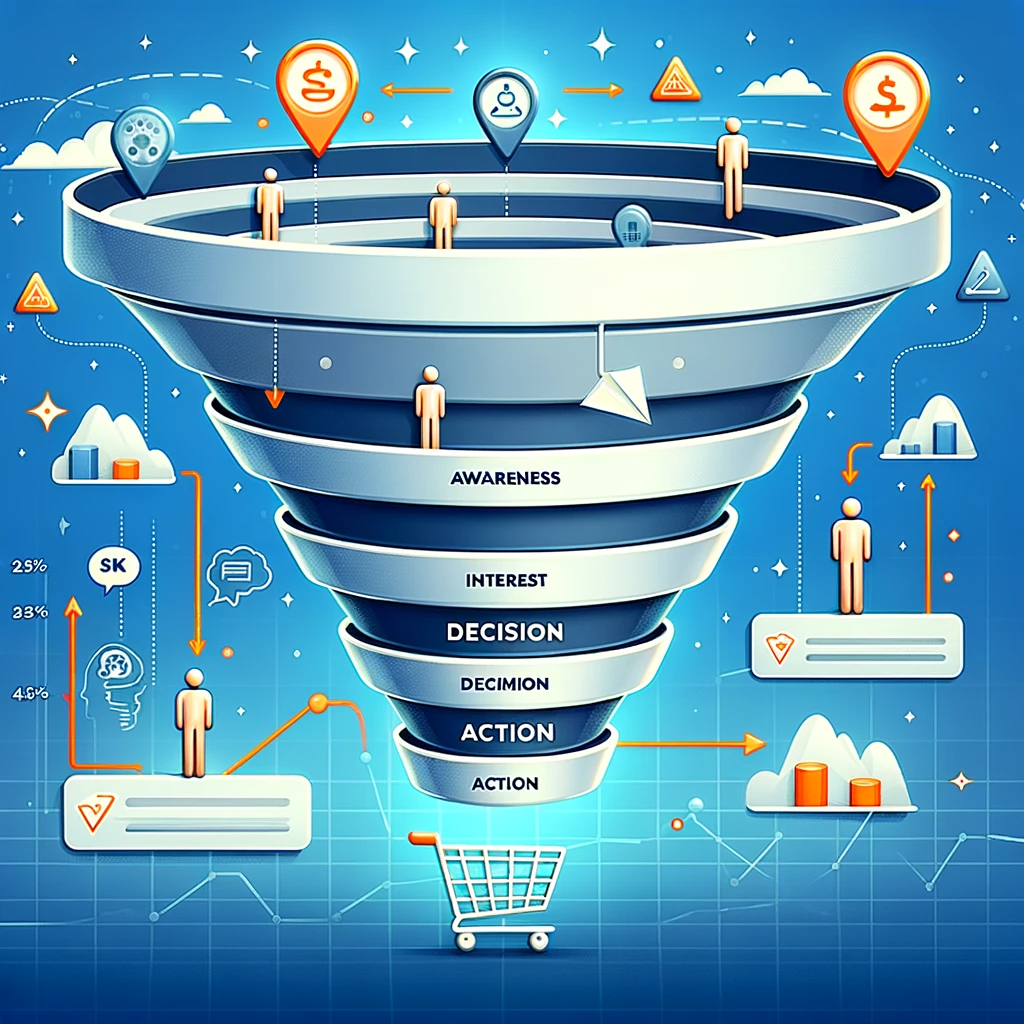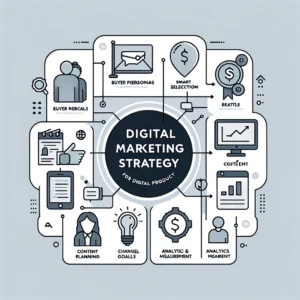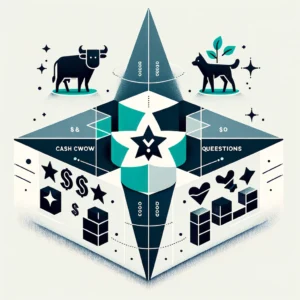- Conversion Rate Basics:
- In e-commerce, the CR is a metric that measures the percentage of visitors to a website who complete a desired action out of the total number of visitors. This action can range from making a purchase, signing up for a newsletter, to any other defined goal of the e-commerce website.

- Indicator of Success:
- Conversion rates serve as key performance indicators (KPIs) for e-commerce sites, offering insights into the effectiveness of the website and its marketing strategies. They are essential for assessing the return on investment (ROI) and the overall health of an online business.
Calculating Conversion Rate (CR)
- Formula:
- The CR is calculated by dividing the number of conversions by the total number of visitors and multiplying the result by 100 to get a percentage. For example, if an e-commerce site receives 1,000 visitors and makes 50 sales, the conversion rate would be (50/1,000) * 100 = 5%.
- Benchmarks and Goals:
Why Conversion Rate Matter in E-Commerce?
- Optimization of Marketing Efforts:
- A high conversion rate indicates that the website is effectively persuading visitors to make a purchase or take the desired action. This efficiency is a direct result of well-planned marketing strategies, user-friendly website design, and an appealing product offering.
- Customer Insights:
- Analyzing CRs can provide valuable insights into customer behavior and preferences, helping e-commerce businesses tailor their offerings and marketing tactics to better meet the needs of their target audience.
- Cost-Effectiveness:
- Improving conversion rates can be more cost-effective than increasing traffic, as it focuses on getting more value out of existing visitors. By optimizing conversion rates, e-commerce businesses can increase their revenue without proportionally increasing their marketing and acquisition costs.
In conclusion, understanding and optimizing CRs is fundamental for the success of any e-commerce business. By focusing on these rates, online stores can enhance their marketing strategies, improve customer experience, and ultimately drive growth and profitability.
Understanding E-Commerce Conversion Rates
- Industry-Specific Trends:
- In 2023, average e-commerce CRs vary between 2% to 4%, with fluctuations noted across months. For instance, February 2023 saw a low of 1.64%, while November 2022 peaked at 4.51%.
- Specific product categories exhibit distinct conversion trends. Arts and crafts lead with a conversion rate of 5.46%, followed by health and well-being (3.58%), and kitchen and home appliances (3.23%).
- The global average website CR stands at 3.68%, highlighting a slight decrease in the e-commerce market from 2022.
- Device-Based Variations:
Conversion Sources and Behaviors
- High Intent Channels:
- Cart Dynamics:
- The average rate for adding items to the cart is 12%, a figure significantly higher than the final conversion rates, indicating potential in improving checkout processes.
- Conversely, abandoned cart rates average around 80% across channels, highlighting a crucial area for improvement in e-commerce strategies.
Seasonal Impacts on Conversion Rates
- Peak Sales Periods:
- Data from smaller e-commerce businesses, primarily in Ireland and the UK, shows a significant increase in conversion rates and sales levels during November and December, attributed to Black Friday and Christmas sales.
- This trend emphasizes the importance of capitalizing on seasonal events through tailored marketing and promotional strategies.
Conclusion
E-commerce CRs are dynamic metrics influenced by a multitude of factors. Understanding these variables and their interplay is essential for e-commerce businesses aiming to optimize their conversion rates. By focusing on industry-specific trends, device optimization, targeted marketing channels, and capitalizing on seasonal peaks, e-commerce stores can significantly enhance their performance and profitability.



